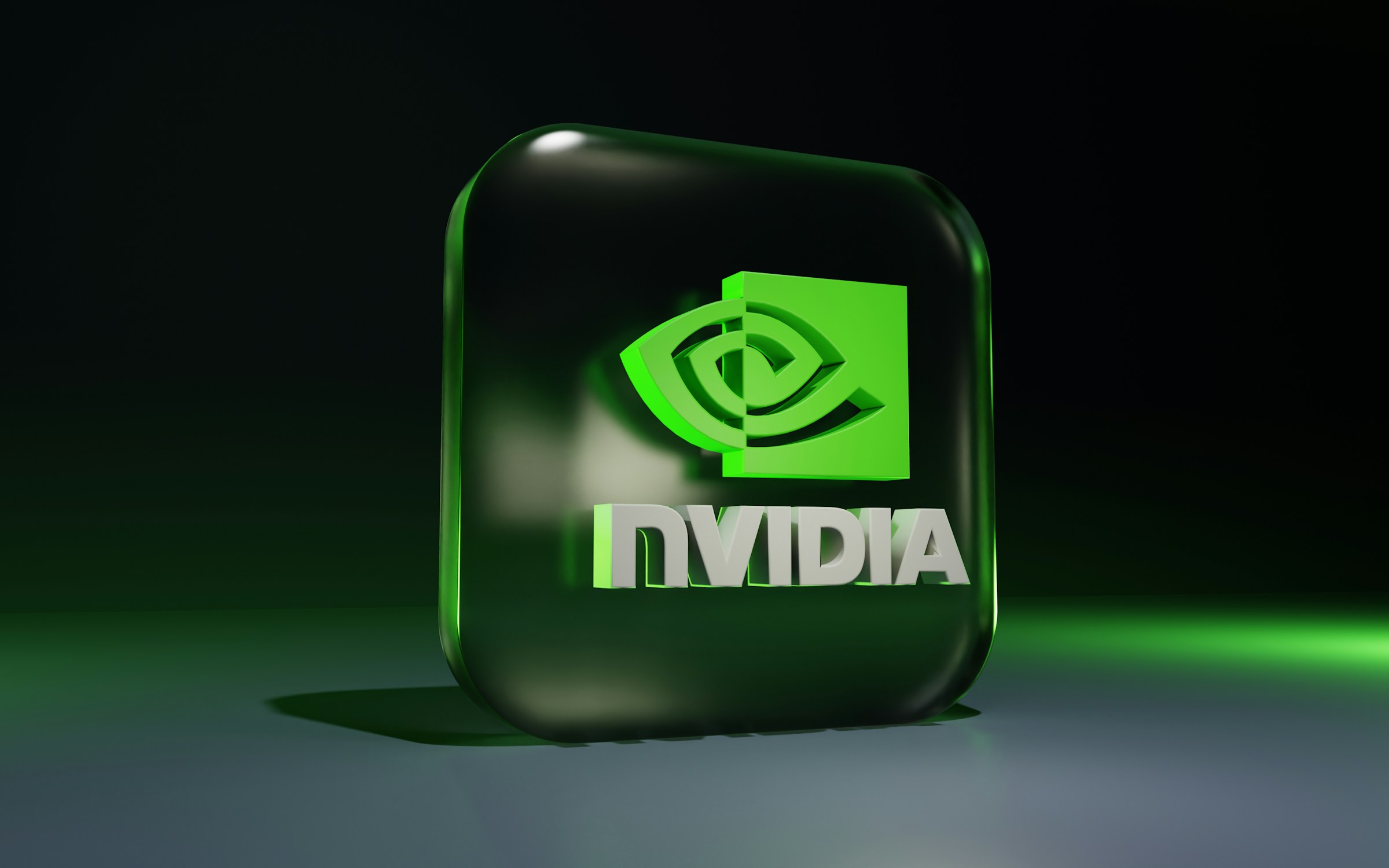Nvidia set another revenue record and guided above consensus, yet the market reaction was restrained for a simple reason. The operating bottleneck is no longer wafer output or networking supply. It is policy clarity across two jurisdictions that both view AI hardware as strategic. Management forecast third quarter revenue of 54 billion dollars plus or minus 2 percent, but it removed China from that outlook while signaling that any approvals could add upside later. That choice shifted the earnings debate from throughput to treaties, and from backlog math to political timing.
The reported quarter itself was powerful. Revenue reached 46.74 billion dollars, with data center once again doing the heavy lifting. The company also disclosed there were no H20 shipments to China in the period, while noting a 180 million dollar release of previously reserved H20 inventory and roughly 650 million dollars of unrestricted H20 sales to a single customer outside China. Those disclosures underscore both the durability of ex-China demand and the fragility of any China-dependent plan while rules remain unsettled.
Investors fixated on two signals that cut in opposite directions. On the one hand, the board authorized an additional 60 billion dollars of share repurchases, an unambiguous vote of confidence in medium-term cash generation and competitive position. On the other hand, after-hours trading marked the stock lower as the absence of China from guidance and a slightly softer data center print against some models tempered the usual upside exuberance. The stock reaction says less about deteriorating demand and more about how completely the market has priced perfection while policy risk remains unpriced.
The heart of the matter is signaling. The stated policy path from Washington points to license-based permissioning and, per reporting, a potential commission structure on certain China shipments, but formal rules are pending. Beijing, for its part, has every incentive to discourage reliance on U.S. silicon while accelerating domestic substitution. Nvidia’s guidance choice is the observed action that reconciles these opposing signals. It keeps core capacity committed to hyperscalers that can take delivery now, while preserving optionality to capture 2 to 5 billion dollars of incremental H20 revenue if the policy window opens. This is a rational capital posture under genuine regulatory ambiguity.
There is also a sovereign layer that matters for allocators. Management reiterated that “sovereign AI” programs are on track to generate about 20 billion dollars this year, more than double last year. That revenue is less elastic to consumer cycles and sits closer to public balance sheets and national strategies. In practical terms, it diversifies the book of business away from any single cloud buyer and away from the China timeline. For sovereign wealth funds and reserve managers reading this tape, it signals that state-anchored AI infrastructure is becoming a durable buyer of last resort for top-end accelerators and networking.
Regionally, the implications are uneven. U.S. hyperscalers still account for roughly half of data center revenue, and their capex intentions continue to anchor quarterly visibility. If those buyers choose to smooth spend into calendar 2026, the growth curve will look less exponential and more stepwise. Europe and the Gulf will likely fill part of that gap via sovereign builds because national data localization and model sovereignty create policy pull, not just price pull. In Asia, ex-China demand remains firm, but the larger question is whether Chinese regulators lean harder into domestic alternatives even if export permissions resume. That is not a technology critique. It is an industrial policy trajectory that shifts the locus of growth rather than extinguishing it.
For Singapore and Hong Kong, the capital-market read is straightforward. The buyback authorization is a continuing support to U.S. mega-cap indices and a ballast for cross-listing sentiment. The China exclusion from guidance is a reminder that North Asia tech valuations will continue to embed a policy spread until a rules-based export regime is finalized. For GCC allocators, sovereign AI momentum aligns with national compute strategies and could accelerate vendor financing structures and local assembly partnerships. None of this requires a heroic demand assumption. It requires predictable licensing and the continued migration of AI spend from experiment to infrastructure.
This is also a test of earnings quality through the policy lens. When a company can raise the outlook while consciously excluding a fifty-billion-dollar end market, the constraint is not order intent. It is execution under sovereignty rules. If approvals arrive, the incremental revenue lands with limited incremental opex. If they do not, the capacity remains absorbed by customers whose returns are increasingly tied to inference at scale rather than one-off training cycles. Either path supports high through-cycle margins, but the second path lowers volatility.
What, then, does the Nvidia China sales outlook 2025 actually signal. First, that diplomacy now gates marginal revenue more than manufacturing. Second, that state-anchored demand is becoming a structural buyer in its own right. Third, that hyperscaler capex cadence, not quarterly enthusiasm, will determine the slope of the curve. The policy posture may look conservative, but the capital posture is not. It is disciplined allocation under contested rules, and it buys time for the rules to catch up.














.jpg&w=3840&q=75)
